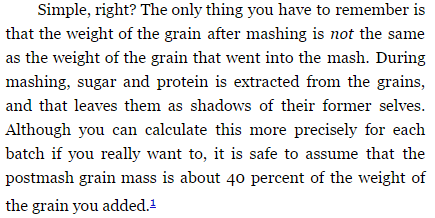pretzelb
Well-Known Member
Here are some post boil pictures. I ran the water out from the chill plate into coolers and kettles to save for cleaning. As the wort went into there carboy I could see there break material. Eventually I could see my poor element that took forever to clean. When it really got low I could see trub in the tubing and I quickly killed the pump just in time.
I wonder if the whirlpool tube is angled incorrectly. I'm not sure if it should point up, down, or horizontal.
I also wonder if I could get a custom filter to drop in around the pickup tube. It would have to be shaped like a goalie net or something.
View attachment 1460389186004.jpg
View attachment 1460389264647.jpg
View attachment 1460389323274.jpg
View attachment 1460389386856.jpg
I wonder if the whirlpool tube is angled incorrectly. I'm not sure if it should point up, down, or horizontal.
I also wonder if I could get a custom filter to drop in around the pickup tube. It would have to be shaped like a goalie net or something.
View attachment 1460389186004.jpg
View attachment 1460389264647.jpg
View attachment 1460389323274.jpg
View attachment 1460389386856.jpg




